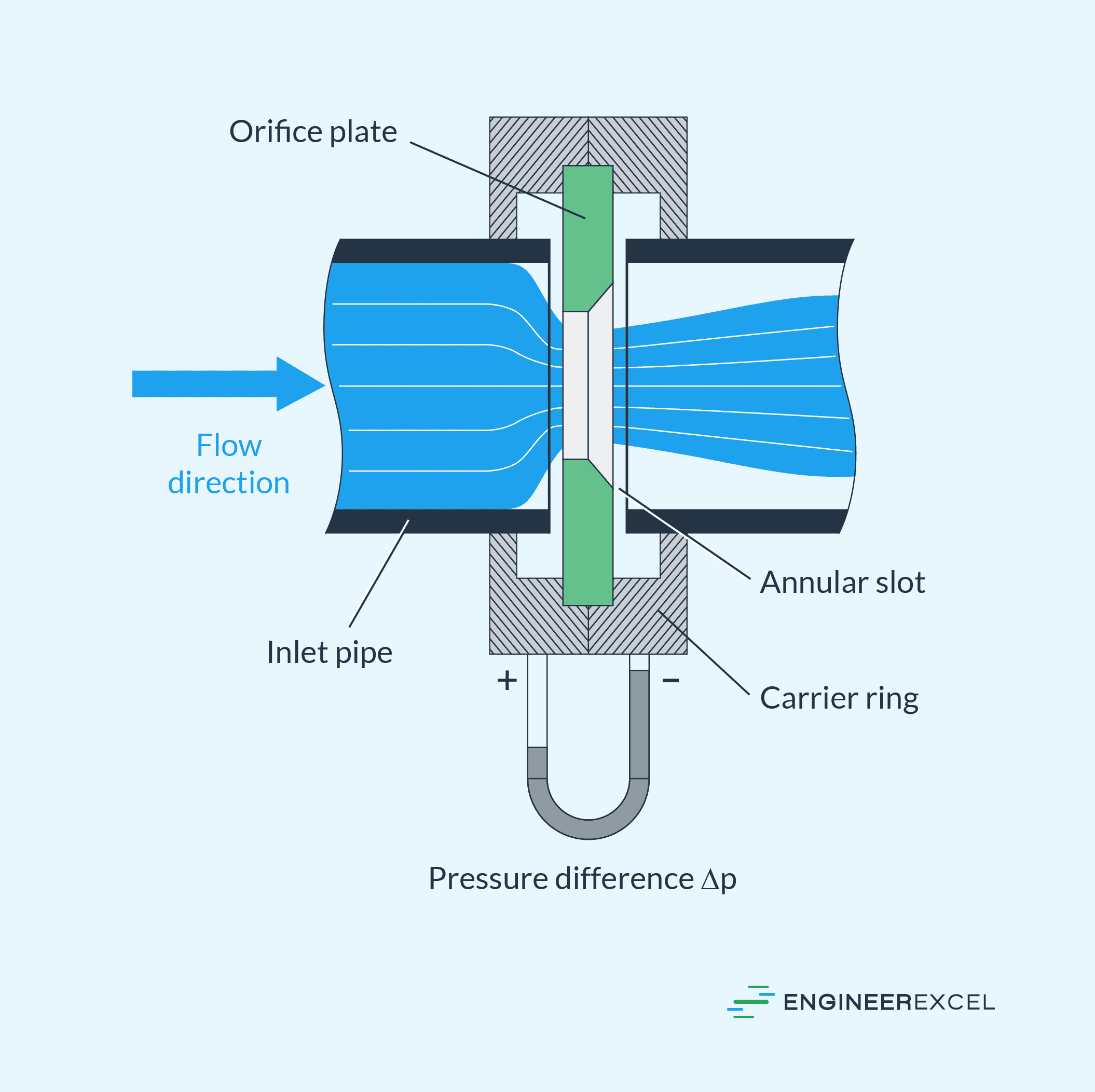Russell King
Well-known member
Equipment
L185F, Modern Ag Competitor 4’ shredder, Rhino tiller, rear dirt scoop
Thank you for the information.Hose dash size indicates inner diameter of the hose.
Tube dash size indicates outer diameter of the tubr. The inner diameter varies with the wall thickness (pressure rating) of the tube.
As a rule of thumb for 3000 PSI tractor hydraulics a 3/8" hose (-06) is roughly equivalent to a 1/2" tube (-08).
A 3/8" hose is more than adequate on your 4 GPM tractor. You will gain nothing switching to bigger and bulkier hoses. FIrst thing to eliminate is that hard 180 degree turn created by using the end ports. Just move the fittings to the top ports and see.if it makes any difference.
My gut says it wont and your problem lies elsewhere. It would be nice to have a pump outlet pressure reading to see exactly how much back pressure the remotes are adding but the OEM plumbing does not make that easy. One thing for sure - your problem is not typical.
Dan
Would putting the gauge into one of the extra ports on the pump pressure side be beneficial?
The gauge is on a tee with a -6 JIC swivel and the other side is -6 JIC male that I could use a cap on. So I can attach that to the front or top port before I move the hose to the valve pressure in on the valve. I think that I enough adapters to do that.
If you suspected something is plugging a hose or fitting and causing back pressure in the system, how would you go about getting that plug out? I will take all the fittings off and look for anything in the fitting and clean it up. But I don’t think I will ever be able to see through the hoses or be able to clean them. Is it possible to run a wire through the hose to pull a wiper through or is that just a dumb idea to try? In reality I don’t think anything would get lodged in the hose but may get caught up on the hose end fitting.



